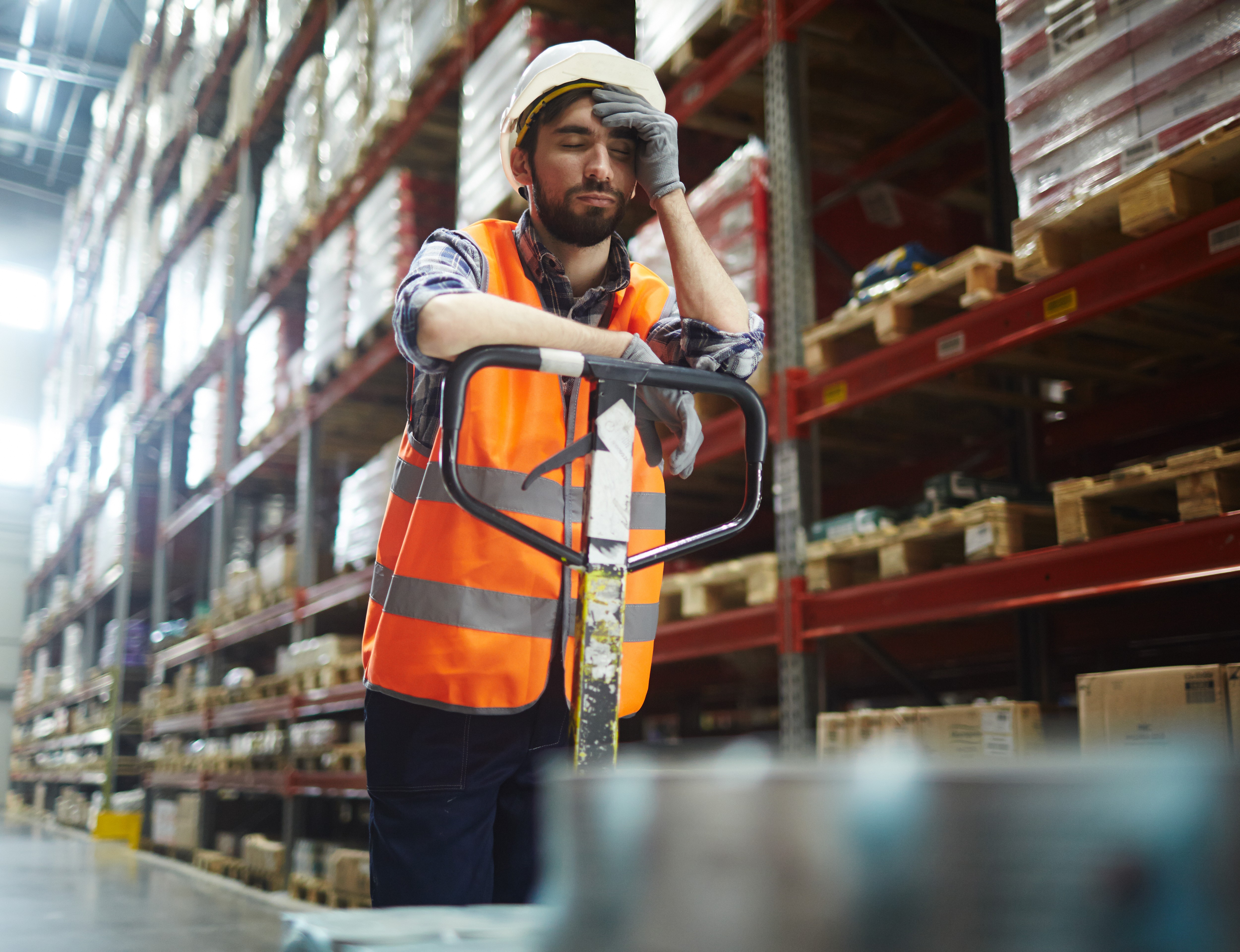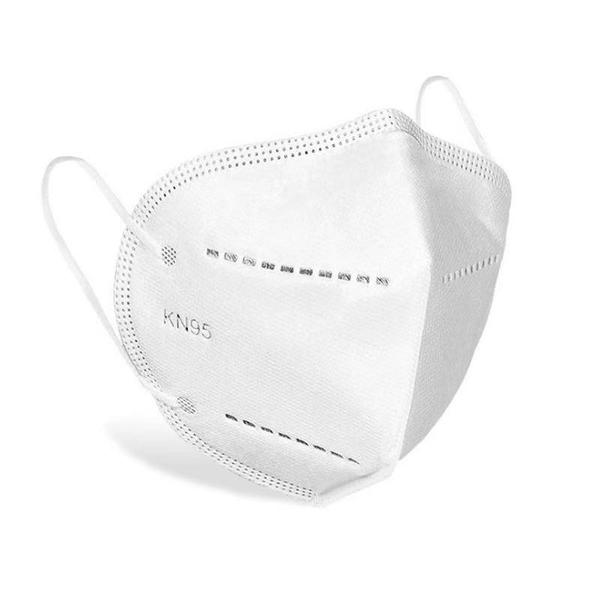
What is fatigue?
Simply put, fatigue is the state of feeling tired. Fatigue can take many different forms, making you feel sleepy, weary or overtired. It can be caused by many different factors, like insufficient sleep, long hours of extended mental and physical activity, sleep disorders or prolonged periods of stress and anxiety.
There are two types of fatigue:
Acute fatigue occurs from short-term sleep loss or from engaging in prolonged mental or physical activities. It is remedied by getting more sleep and more rest.1
Chronic fatigue is a form of fatigue that lasts more than six months and isn’t quite as severe as acute fatigue. People suffering from long-term fatigue are excessively tired, have a hard time functioning in their daily lives and often have symptoms that mimic the flu.
How could it affect me?
Although it is hard to objectively measure and quantify the symptoms of fatigue, research shows that fatigue can seriously impact worker safety and lead to increases in workplace accidents. A worker who is experiencing fatigue might not be able to react as quickly in an emergency, communicate important information to coworkers or even work productively.
The major signs of fatigue usually fall into three main categories: physical, mental/performance and emotional.
When am I at risk?
People are at the highest risk of fatigue whenever the body’s natural circadian rhythm is disrupted. This often occurs in shift workers and people who work the night shift. Extended hours of work also put workers at a higher risk of being affected by fatigue. The hours when the risk of workplace accidents are highest are between midnight and 6am (particularly between 3am and 5am) and 1pm and 3pm.4 Workplace accidents are also more likely to occur during shift changes and when breaks have not been taken in several hours.
Certain work environments amplify the effects of fatigue. These include workplaces with dim lighting, noisy surroundings, warm temperatures and comfortable environments. In addition to this, workers who perform boring, repetitive and monotonous tasks are at a higher risk of fatigue. This is also true of workers who perform difficult tasks that require a high level of attention and detail.
What can I do to protect myself?
Get high-quality sleep
An average person needs between 7 and 9 hours of sleep each night, or per 24-hour cycle. Although sleep is most beneficial when obtained in a single block, a number of short sleeps is better than none. To get as much restful sleep as possible, it is important to control your environment:
Night shift workers should go to sleep within an hour of when they get home.
Avoid stimulants
Avoiding stimulants like alcohol, nicotine and caffeine will help improve your sleep. Although alcohol will make you fall asleep faster, it actually results in a lower quality sleep, causing you to feel less rested when you wake up. While caffeine might not prevent you from falling asleep initially, you might find yourself awake and restless two to three hours later. Both of these stimulants are also diuretics, substances that flush water from your system, and will make you more likely to wake up to use the washroom.
Proper diet & exercise
Proper nutrition, stress control and regular exercise can also help fight fatigue. A healthy diet that is high in complex carbohydrates and low in simple carbohydrates, fatty foods and junk foods will give you more energy. Regular exercise can also energize you; this may include cardiovascular workouts, strength training and increasing your flexibility.
Take Breaks
If you know you have a long shift ahead of you, make sure you take all of your scheduled breaks. Moving around, getting fresh air or going for a short walk can all help fight fatigue. If possible, make sure your work tasks are short, varied throughout the shift and are not monotonous.
Credits



| Call Us : Sales & Service: (877) 747-7117 Corporate: (800) 434-7065 |